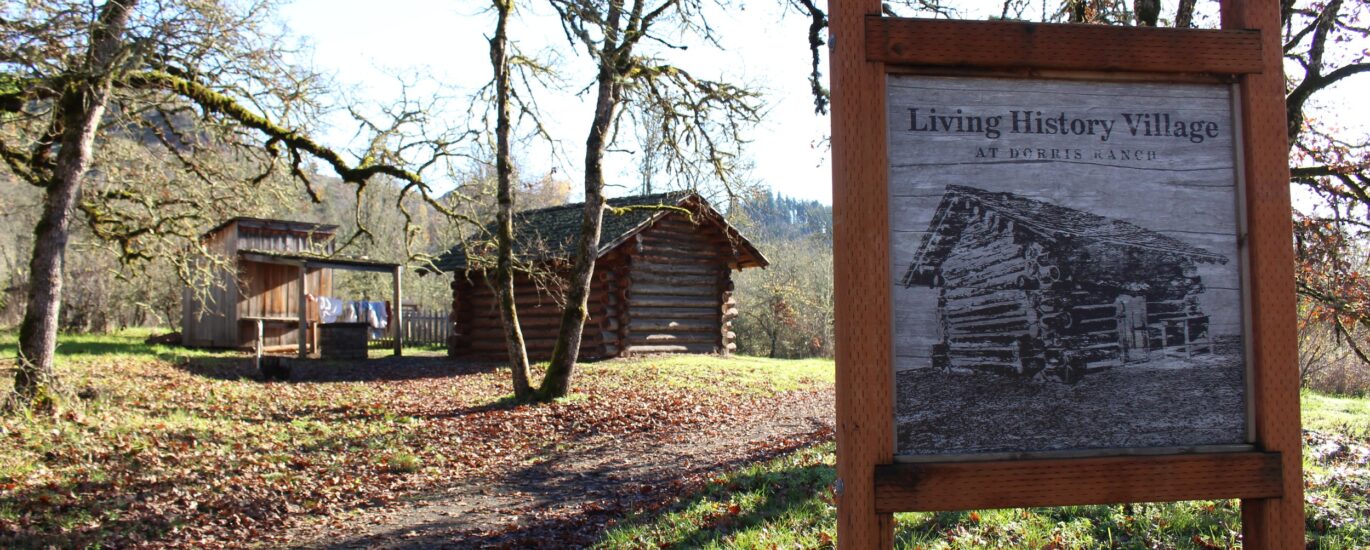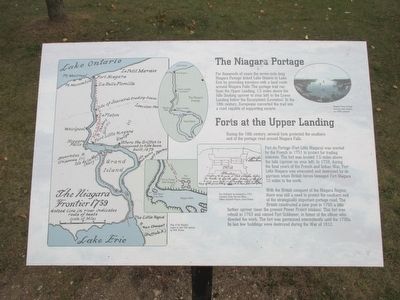Welcome to the Dorris Ranch Historic District, a place where history and heritage meet amidst the scenic landscapes of Springfield, Oregon. Established in 1892, Dorris Ranch holds the distinction of being the first commercial filbert (hazelnut) farm in the United States, a legacy that remains integral to its identity today. As you wander through this historic district, you are walking through a living history museum that showcases the agricultural and cultural evolution of the area.
The ranch was founded by George and Lulu Dorris, who were pioneers not just in agriculture but also in shaping the community. They imported and planted the first filbert trees, which transformed the landscape and economy of the region. George Dorris, often referred to as the ‘Father of the Oregon Filbert,’ played a pivotal role in establishing the filbert industry, which is now a significant agricultural enterprise in Oregon.
Over time, Dorris Ranch evolved from a working farm into a public park and historic district, preserving its rich agricultural heritage while opening its doors to visitors. The ranch is dotted with historic structures, including the original farmhouse, barns, and sheds, each telling a story of the past. You might imagine the hustle and bustle of farm life in the early 20th century as you explore these grounds.
Dorris Ranch has hosted numerous community events, educational programs, and historical reenactments, offering a glimpse into the life and times of early settlers in the Willamette Valley. It’s not just a place of history but also of ongoing community engagement, reflecting the spirit of the people who built and continue to sustain it.
As you explore, consider the broader historical context of the ranch. The introduction of filbert farming here marked a shift in agricultural practices, influencing the region’s economy and landscape. Dorris Ranch stands as a testament to the innovation and perseverance of those early pioneers, shaping not just local history but also contributing to Oregon’s agricultural narrative.



